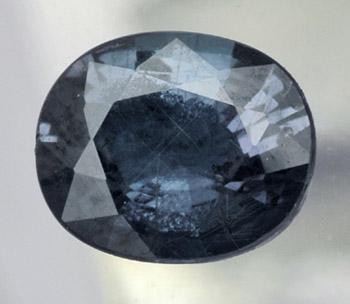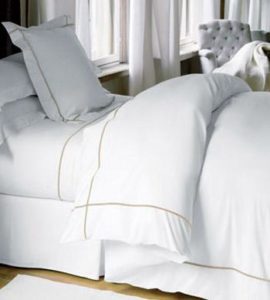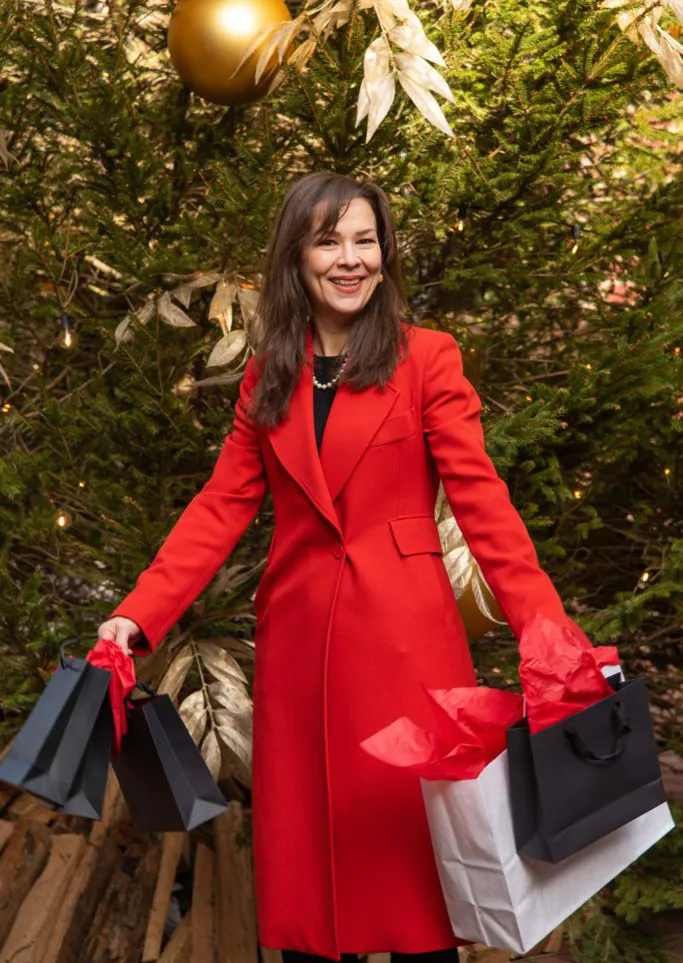Ah, Valentine’s Day. A truly loathsome ‘holiday,’ if you ask me. Once, in my younger and more pliant days, I went with a date to a Valentine’s dinner party with a red food theme. I’m not kidding. I think I’ve blocked it out: Every single thing on every plate was red. How many beets and tomatoes can one girl eat? Blech.
But maybe you’re past the red food stage and are ready for the next step in romance. Big presents. That would be rocks. Sparkly ones. Want a flutter of deep green on that ring finger? How about an unexpected glimpse of blue? According to a wildly unscientific Yahoo poll, diamonds are the most popular gemstones, but that’s changing. And what makes certain stones popular is a function of fashion, or demand, and yes, the other side of that ol’ econ 101 staple, supply. The rarer, the better, the more expensive.
According to the Gemological Institute of America, diamonds are above all about cut. They’re meant to flash, sparkle, wink, catch the light. A rough, uncut, diamond does none of those things. The diamond you covet is, in essence, wrought by man. But colored stones — now there, that’s about nature, Gaia, fire, the mother goddess, the earth.
But let’s move past diamonds. Everyone else is, it seems. Colored rocks are becoming more and more popular. The deep restless green of the emerald, the glow of the dangerous ruby, the clean bright blue of the sapphire — the color is what matters. For fancy jewelry, according to Yahoo, emeralds are popular, coming in right after diamonds, at number one, and pearls at two. After emeralds, apparently we like aquamarines, then tourmalines, then opals. Garnets are seventh and sapphires eighth.
I couldn’t tell you what most of those stones look like. Garnets, I think are … red? But that’s part of the changing nature of fancy jewelry. Nowadays, it doesn’t matter so much if your rock is the size of Gibraltar — it is the piece itself, the art of the setting that makes the jewel. Mix it up — turquoise AND diamonds. And leather. Some high-end stores sell precious gems imbedded in plastic, wood or intricate silver wires. That’s the demand part of the equation: There’s less interest in big chunks of rock in a simple setting and more in design, spiritual connection, meaning.
Typically, precious gemstones are defined as diamonds, emeralds, rubies, sapphires and opals (and pearls, yes, but they’re not gemstones, eh?). But what makes things valuable? Scarcity. Amethysts were once considered precious and were highly prized by ancient Greeks and up until the 19th century. When huge deposits of amethysts were discovered in Brazil in the 19th century, the price and the allure of the stones plummeted. Supply and demand.
At times during the last century, peridot, aquamarine and cat’s eye have been considered precious, though now most jewelers classify them as semi-precious if, indeed, they classify them at all.
And then there are the stones that are so rare you’ve never even heard of them. Red diamonds, ruby red, at $2 million to $2.5 million a carat. Serendibite, from Sri Lanka, black and shiny, for $1.8 million a carat. Blue garnet, which changes color from greenish blueish to purple, depending on the light. The most expensive blue garnet, 4.2 carats, sold for almost $7 million dollars in 2003. And don’t forget jadeite, andalusite, red beryl and clinohumite. They may sound like social diseases, but if you get your hands on one, hold on tight.
The biggest sellers of all time, however, are the classics, but with a twist. Color brings in money. And, interestingly enough, the biggest sales lately are in Hong Kong, aimed at the newly affluent of Asia. A ring with a blue diamond flanked by two pink diamonds sold in Hong Kong for $10 million dollars last October. According to Sotheby’s, which sold it, it is “a fancy blue diamond weighing 6.01 carats.” The buyer chose to remain anonymous.
In Geneva, in May, Christie’s sold a heart-shaped diamond weighting 56.15 carats. Christie’s marketed the diamond as “Love at First Sight,” and began advertising it last Valentine’s Day. And in 2010, Laurence Graff bought a pink diamond that used to be owned by fellow jeweler Harry Winston. It weighed 24.78 carats, and he paid $46.2 million dollars for it. It is the most expensive jewel ever sold at auction.
Finally, the real seller in the fancy jewelry world is provenance. If Liz Taylor, Wallis Simpson or Princess Di owned it, add on a couple of zeros. If it has fancy relatives, perhaps it is part of a stone that belongs to the Queen of England, tack on some more zeros. If it has a story, even better. Christie’s London sold the Wittelsbach diamond in 2008; it has a name AND a story, the auction house wrote in its press materials that the “diamond originates from the Indian kingdom of Golkonda. It is rumored that King Phillip IV of Spain purchased the jewel and included it in the dowry of his teenage daughter, Margaret Teresa, in 1664.”
So my advice: Get yourself a pretty stone. Wear it well. Have adventures with it; take it down the Zambezi and up the Alps. Dodge unsavory characters and feral animals. Drop it in a martini in Beijing, curry in New Delhi. Have an interesting life, and your jewels will live it with you.






